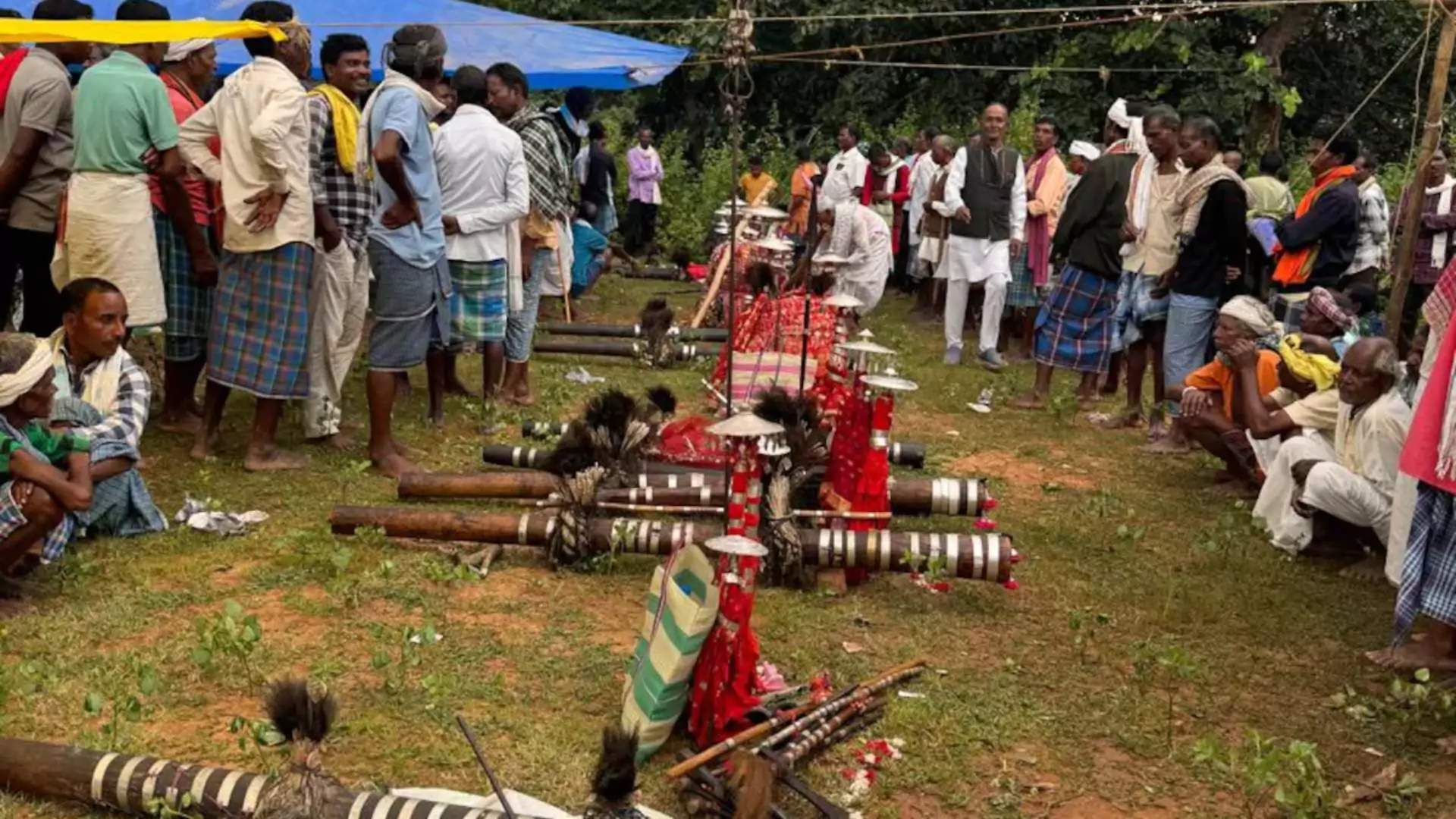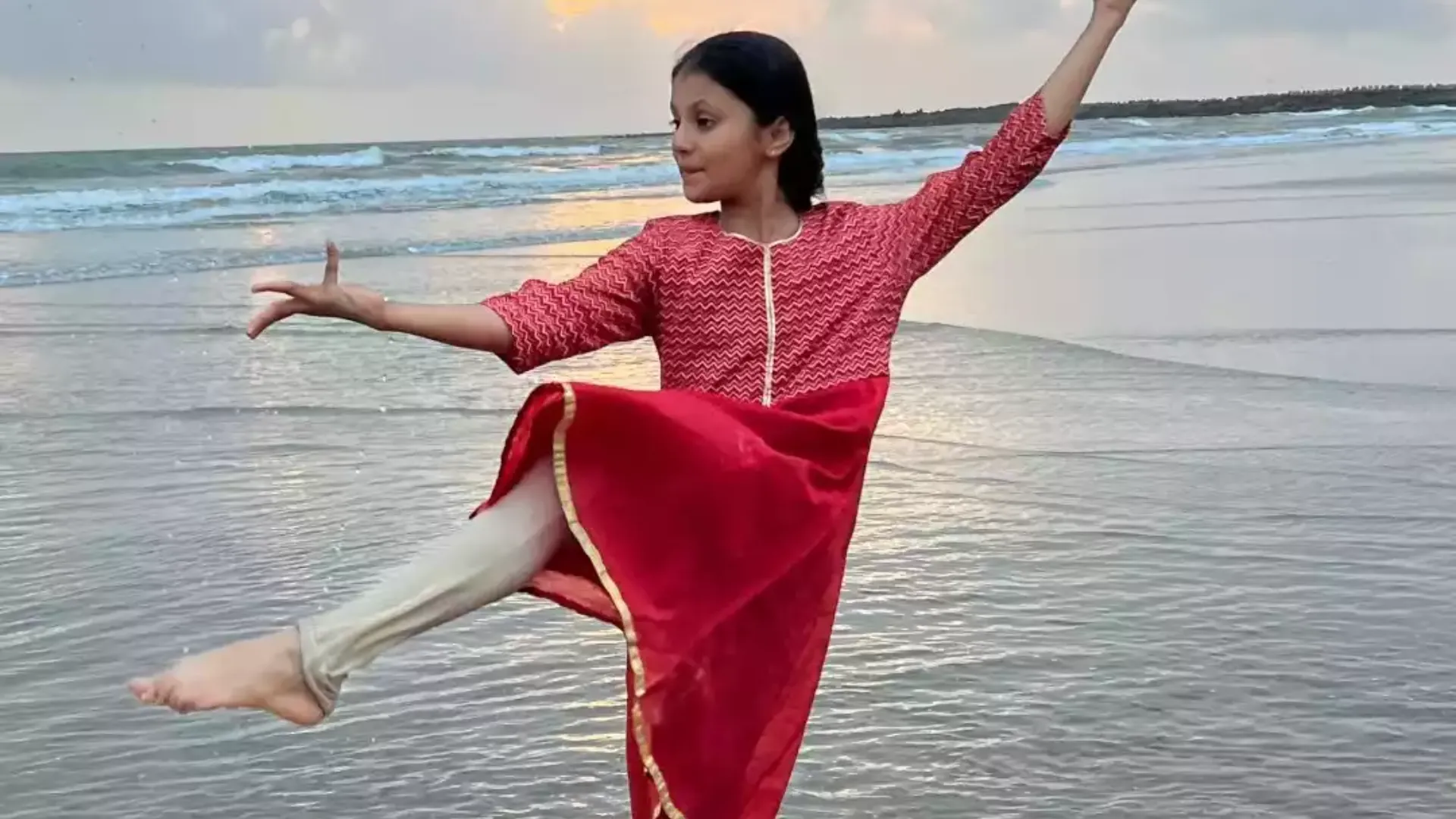In Chhattisgarh’s tribal-dominated Bastar region, where Maoist kangaroo courts are often reported, another unique court convenes annually. This court, held at the Bhangaram Devi temple during the Bhado Jatra festival, is renowned for putting even Gods on trial and meting out punishments.
The People’s Court: Jan Adalat
Bastar, with its 70% tribal population, is steeped in myth and folklore. The tribes—Gond, Maria, Bhatra, Halba, and Dhurwa—are known for their distinctive traditions that are integral to Bastar’s cultural heritage. Among these is the “jan adalat” or people’s court, which convenes at the Bhangaram Devi temple during the monsoon season’s Bhado Jatra festival.
Trials and Punishments
The three-day festival transforms the temple into a courtroom where Bhangaram Devi, the temple’s deity, presides over trials. The trials involve accusations against Gods, with animals—primarily hens—serving as witnesses. Villagers bring complaints that may range from failed harvests to unresolved illnesses, blaming the Gods for their misfortunes.
Also Read: Fresh Bomb Attack in Manipur’s Bishnupur District Leaves Damage but No Injuries
When a God is found guilty, the punishment can be severe. The deity’s idol, typically a wooden totem, is removed from its place in the temple and exiled to the backyard. This banishment can be lifelong or until the deity is deemed to have corrected its ways and is restored to the temple. Around 240 villages participate in this annual event, which includes a feast for all.
Redemption and Reformation
Despite the harsh punishments, the court also offers a chance for redemption. Gods who rectify their behavior and fulfill the people’s prayers are welcomed back to their temple positions. Historian Ghanshyam Singh Nag explains, “This tradition represents the idea that the relationship between gods and humans is reciprocal. Gods protect and provide for the people, and in return, they are worshipped. If this balance is disturbed, even gods are judged.”
When villagers feel let down by their deities during crises—such as disease outbreaks or poor harvests—they bring the Gods to trial. If the Gods respond favorably and the community experiences improved fortunes, the deities are reinstated. Farsu Salam, a member of the Bhangaram Temple Committee, states, “If villagers believe that the Gods responsible for solving their problems have failed, they are brought here for trial. This happens once a year.”
Legal Procedures and Witnesses
In this divine court, village leaders act as lawyers while hens serve as witnesses. After providing testimony, the hen is set free, marking the end of its role in the proceedings. The village leader, believed to articulate the goddess’s will, pronounces the sentence. The punished deities are removed from the temple and may be placed under trees—a symbolic form of imprisonment. Their gold or silver decorations remain untouched, as theft is believed to provoke divine retribution.
A ledger meticulously documents each case, including the number of deities accused, the nature of their alleged crimes, the witnesses, and the final judgments. “We maintain a register where we document everything, from how many gods appeared to how many were punished,” says Farsu Salam.
Appeals and Divine Justice
Unlike conventional courts, appeals in Bastar’s divine court are submitted directly to Bhangaram Devi. If the exiled deities seek forgiveness and successfully appeal to the goddess, their exile may be lifted, and they can return to their sacred place. Poetess Poonam Vasam comments, “This is a social system. It is believed that just as humans are responsible for fulfilling their duties in society, the gods too must bear responsibility. If they fail to protect or help their people, they too face punishment.”
The Temple and Its Legacy
The tribes of Bastar venerate several deities, many of whom are believed to have ascended to divine status from human origins due to their noble deeds. Bhangaram Devi is thought to have arrived from Warangal (now in Telangana) centuries ago, accompanied by “Dr Khan” from Nagpur. According to local lore, the temple was established during the reign of King Bhairamdev in the 19th century.
Local resident Sarju recounts, “When Mai ji came from Warangal, she asked the local king for a place to settle. She was given land near the mountains of Keshkal. Along with her came Dr Khan, who served the tribals during cholera and smallpox outbreaks.” Dr Khan, now revered as Khan Devta or “Kaana Doctor,” is honored with lemons and eggs, residing alongside other deities at the Bhangaram Devi temple.
Must Read: Manipur: Army, Police Recover War-Like Arms Stores, Ammunition





















